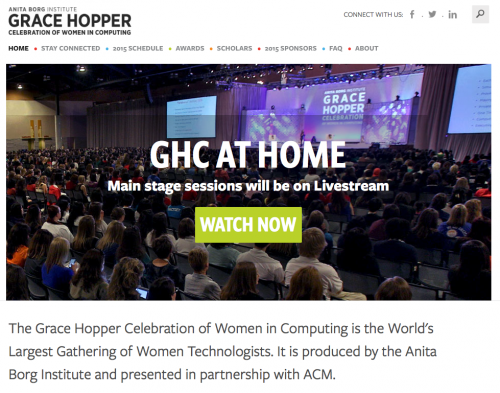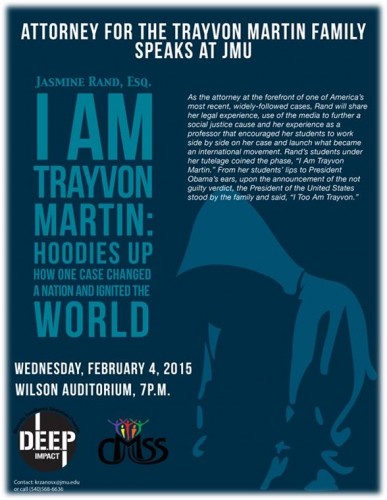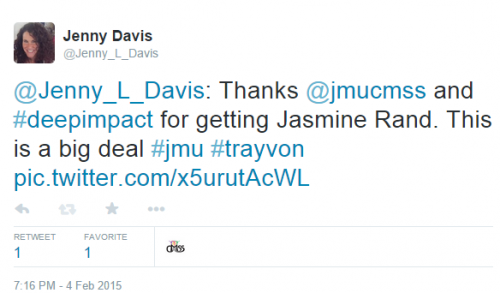
Last week, fellow editor Nathan Jurgenson made a post entitled “Digital Dualism versus Augmented Reality” with a call for more concept work surrounding this topic. I hope to make a contribution to that effort by discussion three competing theoretical paradigms of Internet research. These three distinct perspectives perceive the Internet as either virtual reality, mediated reality, or augmented reality. I argue (in the spirit of Saussure) that these three perspectives are only fully comprehensible defined in relation to one another.
Let’s start with the definition of “augmented reality” found in Wikipedia, society’s great font of prosumptive wisdom:
Augmented reality (AR) is a term for a live direct or a [sic… I fixed it] indirect view of a physical, real-world environment whose elements are augmented by computer-generated sensory input, such as sound or graphics. It is related to a more general concept called mediated reality, in which a view of reality is modified (possibly even diminished rather than augmented) by a computer. As a result, the technology functions by enhancing one’s current perception of reality. By contrast, virtual reality replaces the real-world with a simulated one.
This is an unsatisfying definition. While it does contrast augment reality and mediated reality to virtual reality (mediated and augmented reality describe relationships between the online and offline worlds, while virtual reality describes their separation), it (self-admittedly) fails to distinguish between mediated and augmented reality. As presented in this definition, mediated and augmented reality are basically synonyms.









